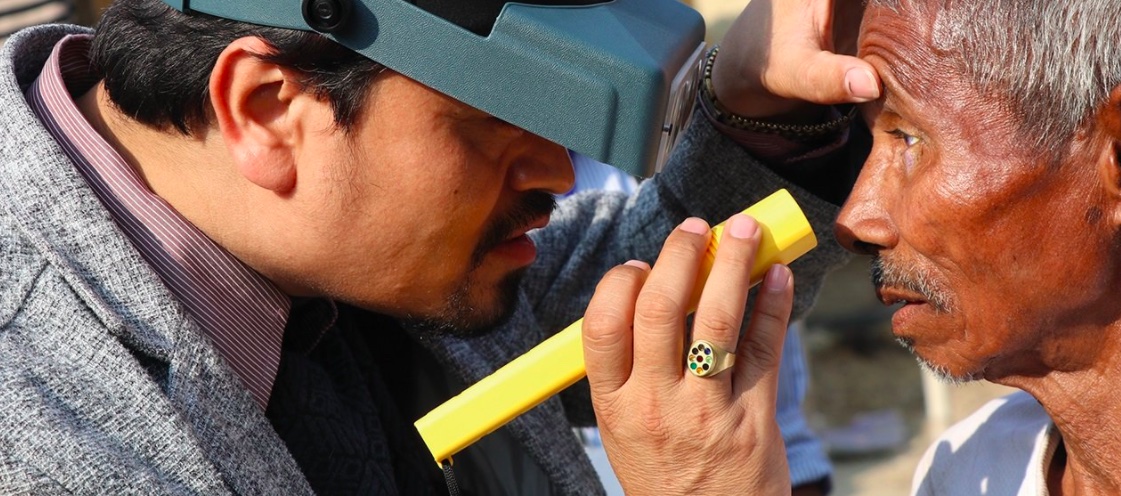WHO proposes new road map for neglected tropical diseases
January 29, 2021 | Friday | News
Targets include the eradication of dracunculiasis (guinea worm) and yaws and a 90% reduction in the need for treatment for NTDs by 2030
Source: who.int
A new World Health Organization (WHO) road map for neglected tropical diseases (NTDs) proposes ambitious targets and innovative approaches to tackle 20 diseases which affect more than a billion mainly poor people and which thrive in areas where access to quality health services, clean water and sanitation is scarce.
Targets include the eradication of dracunculiasis (guinea worm) and yaws and a 90% reduction in the need for treatment for NTDs by 2030. `Ending the neglect to attain the Sustainable Development Goals: a road map for neglected tropical diseases 2021–2030´ aims to accelerate programmatic action and renew momentum by proposing concrete actions focused on integrated platforms for delivery of interventions.
“If we are to end the scourge of neglected tropical diseases, we urgently need to do things differently,” said Dr Tedros Adhanom Ghebreyesus, Director-General, WHO.
“It involves working across sectors in delivering programmes for all the 20 NTDs and promote equity and country ownership" said Dr Mwelecele Ntuli Malecela, Director, Department of Control of Neglected Tropical Diseases, WHO.
The road map, developed through a wide consultative process involving countries, partners, stakeholders, the scientific community and academia, provides opportunities to evaluate, assess and adjust programmatic actions as and when needed over the next decade, by setting clear targets and milestones:
- reduce by 90% the number of people requiring treatment for NTDs
- at least 100 countries to have eliminated at least one NTD
- eradicate two diseases (dracunculiasis and yaws)
- reduce by 75% the disability-adjusted life years (DALYs) related to NTD
Additionally, the road map will track 10 cross-cutting targets and disease specific targets that include a reduction by more than 75% in the number of deaths from vector-borne NTDs such as dengue, leishmaniasis and others.










